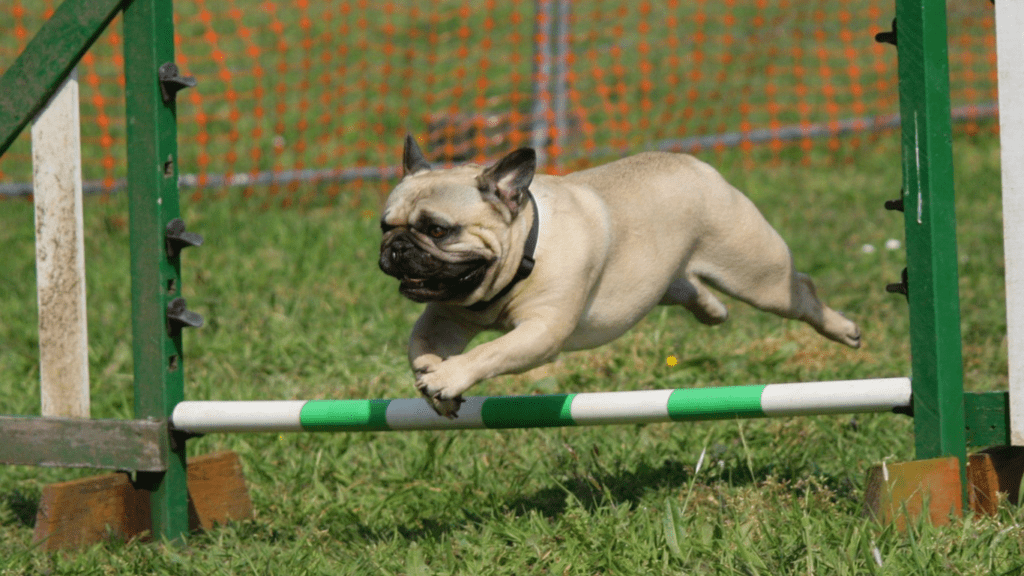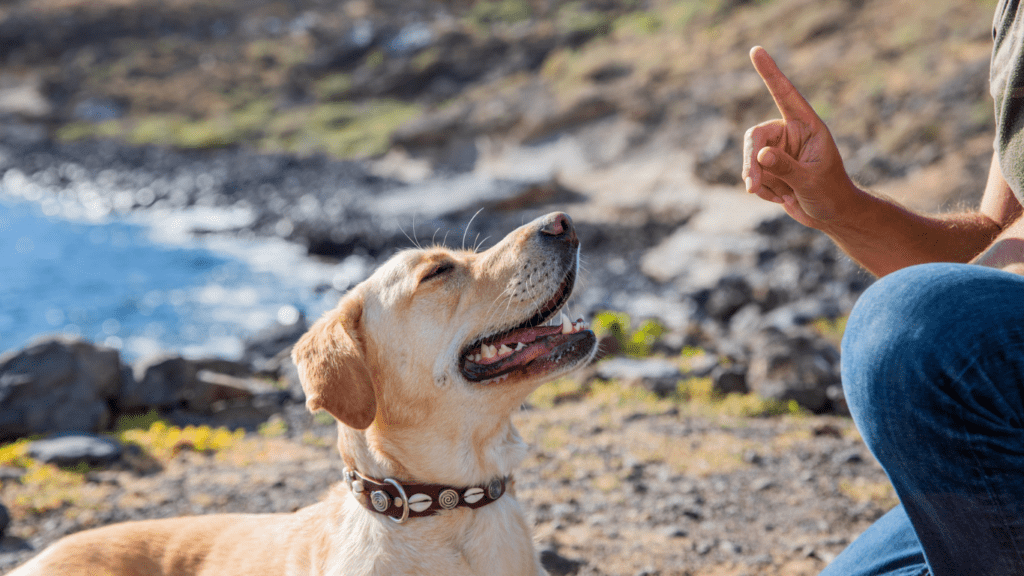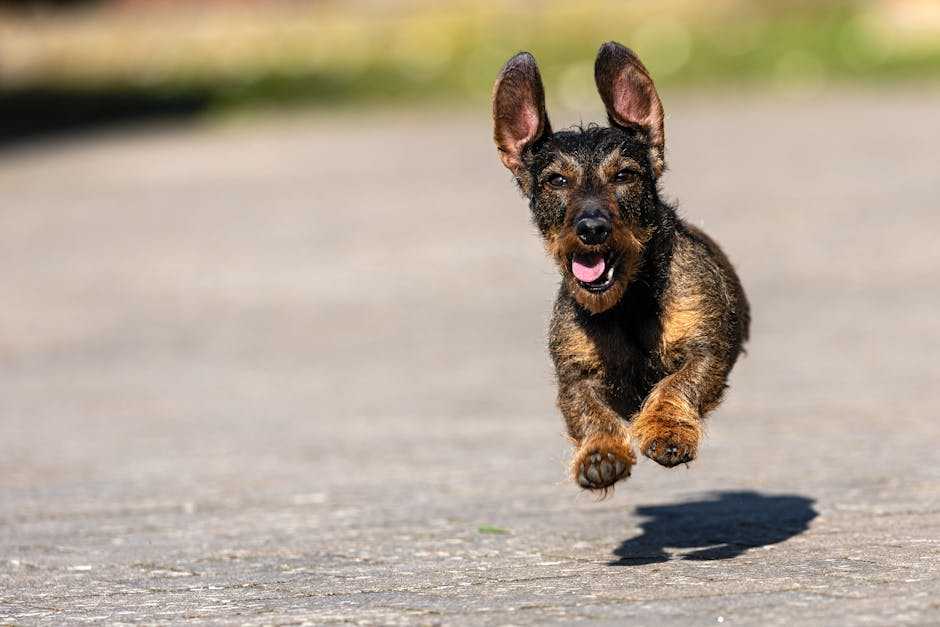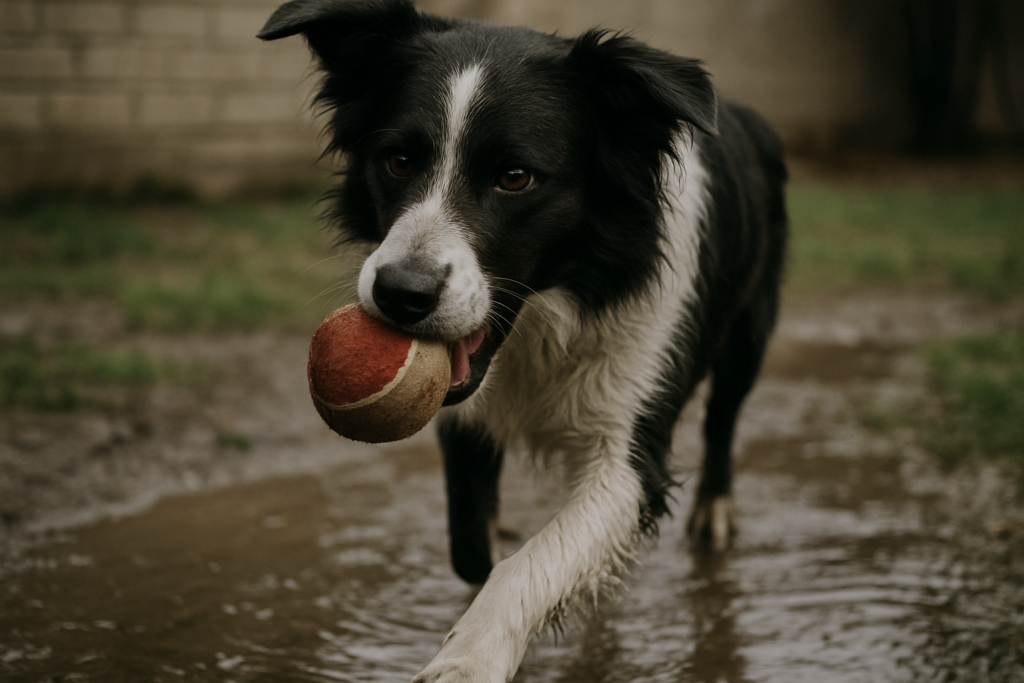The Importance of Play in Pet Training
Play is crucial in pet training, creating a fun atmosphere that promotes effective learning. It engages pets, making training sessions more productive and less stressful.
Benefits of Play for Pets
Play has numerous benefits for pets. It keeps them physically active, reducing the risk of obesity and associated health issues. Engaging in play also stimulates pets mentally, helping to prevent boredom and destructive behaviors like:
- chewing
- scratching
Play strengthens the bond between pet and owner, fostering trust and cooperation. For example, games like fetch or tug-of-war encourage interaction and build obedience in an enjoyable manner.
Understanding Your Pet’s Play Preferences
Understanding play preferences is key to incorporating play into training successfully. Each pet has unique likes and dislikes regarding toys and activities. Observe behaviors to identify preferences.
Some dogs might prefer fetching balls, while others enjoy puzzle toys. Cats might be more interested in chasing laser pointers or feather wands. Adapting training techniques to match these preferences keeps pets engaged and encourages enthusiastic participation during training sessions.
How to Incorporate Play into Training Sessions
Incorporating play into training sessions enhances your pet’s learning experience. Use strategic methods to ensure training remains fun and effective.
Choosing the Right Toys and Games
Selecting appropriate toys and games facilitates better engagement during training. Choose toys that match your pet’s size and play style. For example, fetch toys for dogs who enjoy running, or puzzle toys for those needing mental stimulation.
Introduce a variety of toys to prevent boredom and maintain interest. Ensure the toys are safe and durable to avoid any risk.
Creating a Balanced Training Schedule
Balancing training and playtime avoids overworking your pet. Schedule short, frequent sessions rather than long, tiring ones. Incorporate rest periods and play breaks between training tasks to keep your pet energized and motivated.
Adjust the schedule based on your pet’s energy levels and attention span, ensuring they remain alert and engaged.
Tips for Effective Play-Based Training

Incorporating play into your pet’s training isn’t just about fun. It enhances their learning and reinforces positive behaviors, making training sessions both productive and enjoyable for you and your furry friend.
Reinforcing Positive Behavior with Play
Using play to reinforce positive behavior creates a strong, rewarding connection in your pet’s mind. When they perform a desired behavior, immediately engaging in a favorite game or toy acts as a powerful motivator. This method proves particularly effective for active breeds or pets who thrive on interaction.
For instance, if your dog successfully follows a command, you can reward them with a quick game of fetch using their favorite ball. It’s essential to keep the play session short to maintain focus on the training objectives.
Adjusting Play Strategies to Suit Different Pets
Not all pets respond to the same types of play. Tailoring your play strategies to your pet’s preferences and personality ensures more effective training.
For example, cats often enjoy interactive toys like feather wands or laser pointers, which stimulate their hunting instincts. In contrast, dogs might prefer physical play like tug-of-war or agility exercises. Observing your pet’s reactions to various activities helps determine what keeps them engaged and motivated.
Adjusting the approach based on their energy levels, breed tendencies, and individual quirks can maximize the benefits of play-based training.
Challenges and Solutions
Incorporating play into pet training presents certain challenges. Here, I address common issues and offer solutions to enhance the training experience.
Dealing with Overexcitement and Distractions
Overexcitement disrupts training sessions. If a pet becomes overly excited, brief breaks help them calm down. Start with simple commands to refocus their attention.
Use high-value treats sparingly to maintain their interest without overstimulating them. Gradually increase distractions during training to improve their focus over time. Introducing new environments and distractions incrementally conditions them to stay engaged.
Ensuring Safety During Play and Training
- Safety is paramount in play-based training.
- Choose toys suitable for the pet’s size to prevent choking hazards.
- Inspect toys regularly for wear and tear to avoid accidents.
- Use soft surfaces like grass or mats to prevent injuries during active play.
- Supervise all play sessions to intervene if necessary.
- Avoid overly aggressive games that might lead to unintended injuries.
- If playing in open areas, ensure it’s secure and free from potential dangers.
These solutions address common challenges, making play-based training more effective and enjoyable for both pets and owners.


